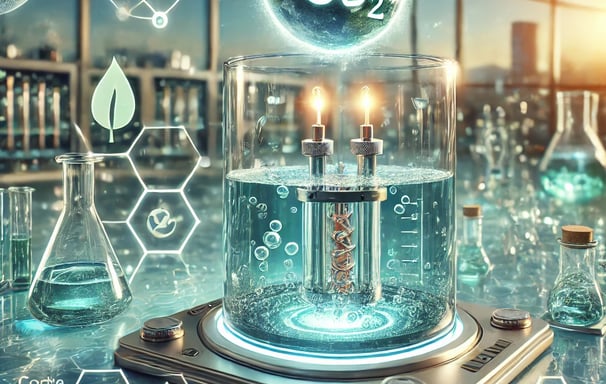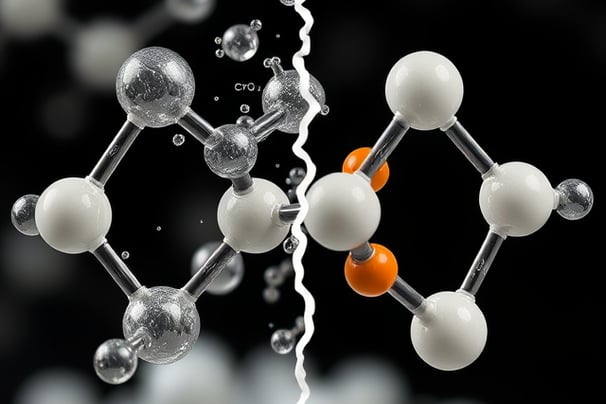Continuous Co-current Electrochemical Reduction of CO2
Continuous Co-current Reduction Explained
This patent describes innovative electrochemical processes for converting carbon dioxide into useful chemicals like formate salts or formic acid. The process uses a continuous reactor with a three-dimensional cathode and a two-phase gas/liquid flow to optimize the reduction of CO₂. Key features include operating at low voltages (<10V) and leveraging high gas-to-liquid ratios, which enhance CO₂ concentration and reaction efficiency. The system operates under mild conditions (pH > 7, CO₂ pressure < 10 bar, and temperatures up to 80°C), making it efficient and scalable.
Environmental and Climate Benefits:
Carbon Capture and Utilization:
This process transforms CO₂—a major greenhouse gas—into valuable products, reducing its atmospheric concentration while creating materials that can be used in industries like energy, agriculture, and chemicals.Renewable Integration:
By coupling this system with renewable energy sources, the electrochemical process can be powered sustainably, providing a net-zero or even negative carbon footprint.Energy Efficiency:
The low voltage and operating conditions mean less energy is required for the process, making it an environmentally friendly alternative to traditional CO₂ conversion methods.Scalability for Climate Impact:
This technology has the potential for large-scale deployment, addressing industrial CO₂ emissions and helping industries transition toward a circular carbon economy.
By converting CO₂ into useful compounds and reducing reliance on fossil-fuel-derived products, this invention could play a critical role in combating climate change.





